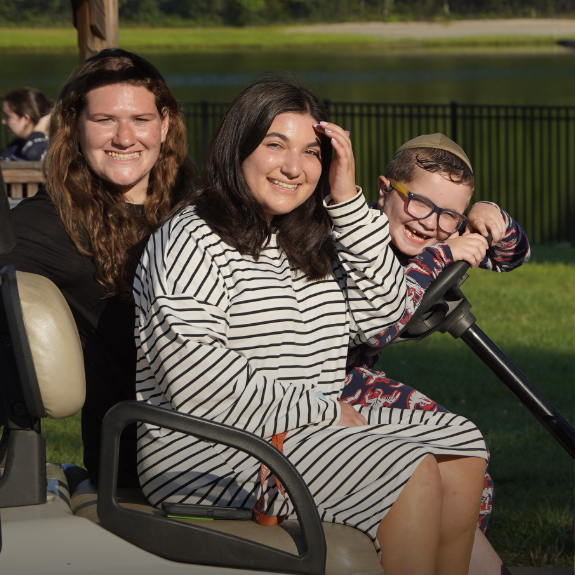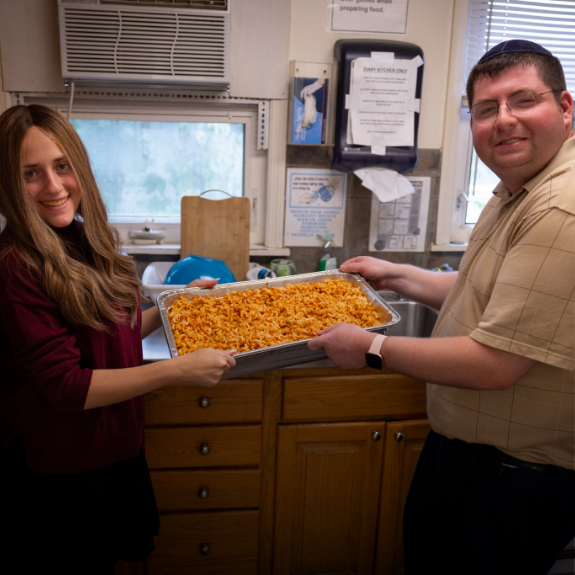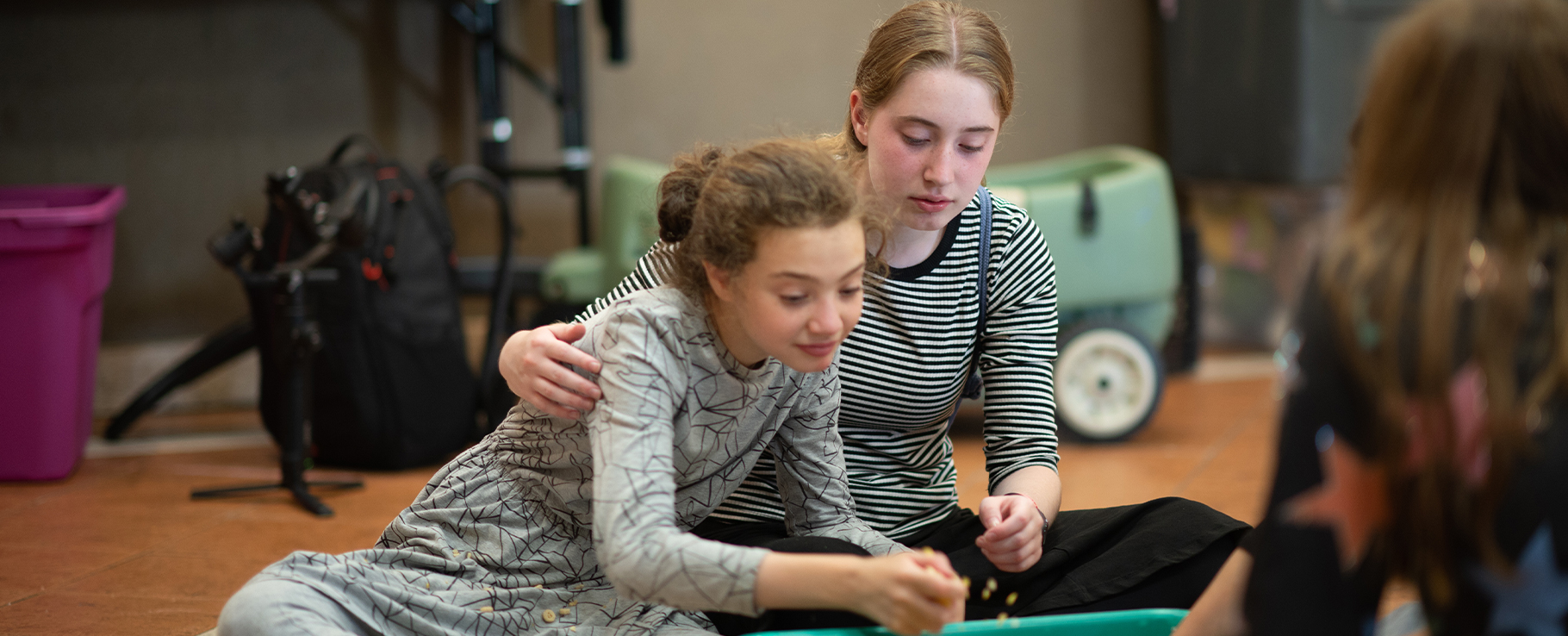Since 1969, Ohel has provided a critical safety net of support and hope.
Mental health counseling and residences. Older adult care. Residences and programs for individuals with developmental disabilities. Foster care placement. Trauma and bereavement services. Shelter for victims of domestic violence.
Ohel listens with compassion and responds with trusted services.
505
adults
with disabilities
Cared for in Ohel residences
15,000
people Comforted
& Educated
Through Ohel Webinars
55,000
Counseling
Sessions
Provided a way forward for those suffering from anxiety and depression
6,275
isolated seniors
Visited
By caring Ohel staff
1,000
adults & Children
with disabilities
Learn life skills in Ohel programs
900
Boys & Girls
of All Abilities
Experience the summer of their lives at Camp Kaylie





















